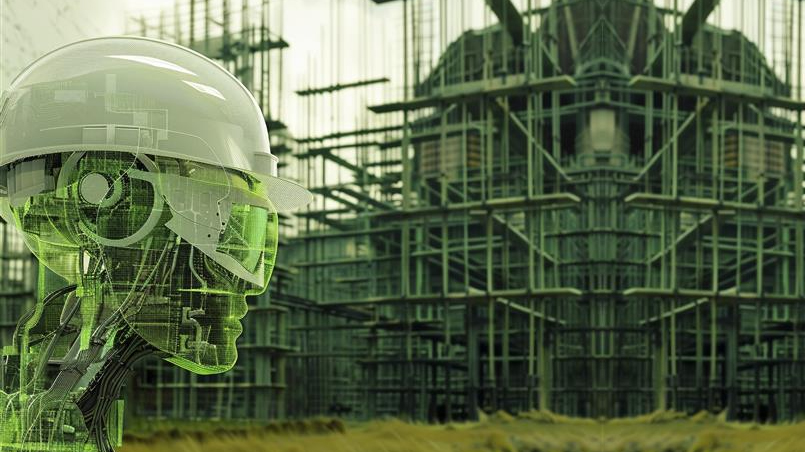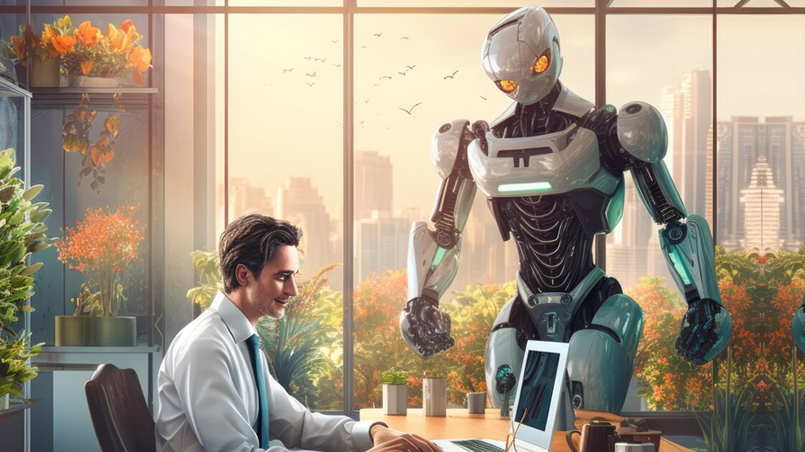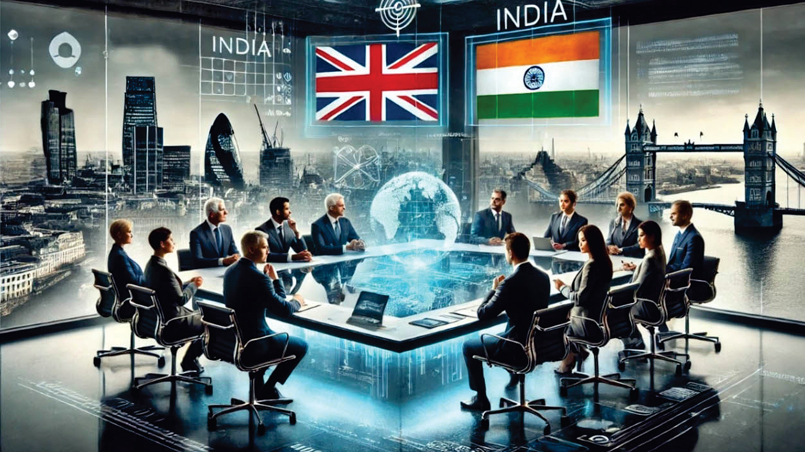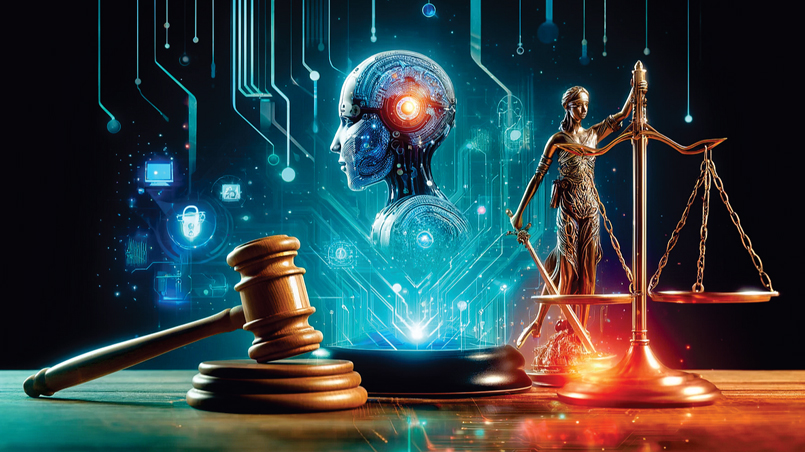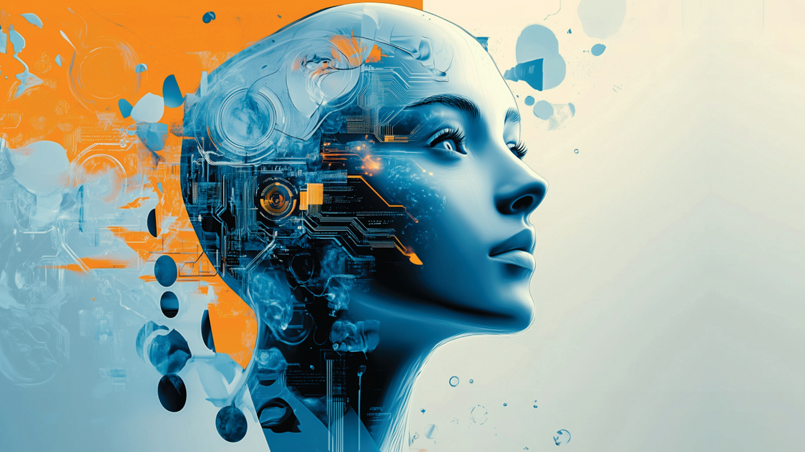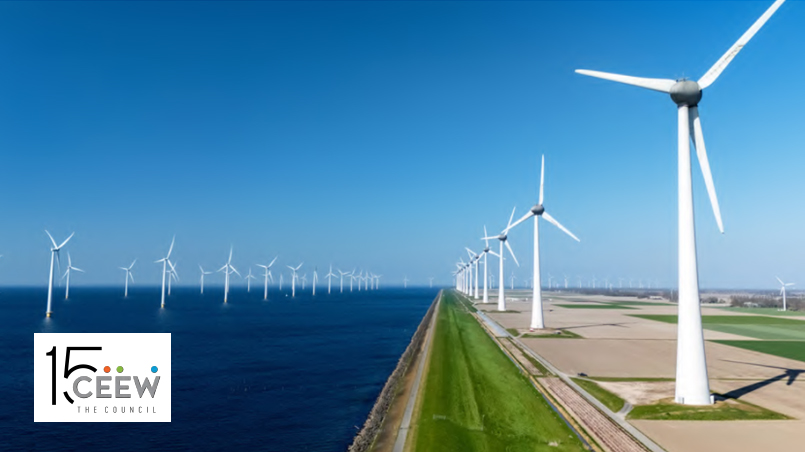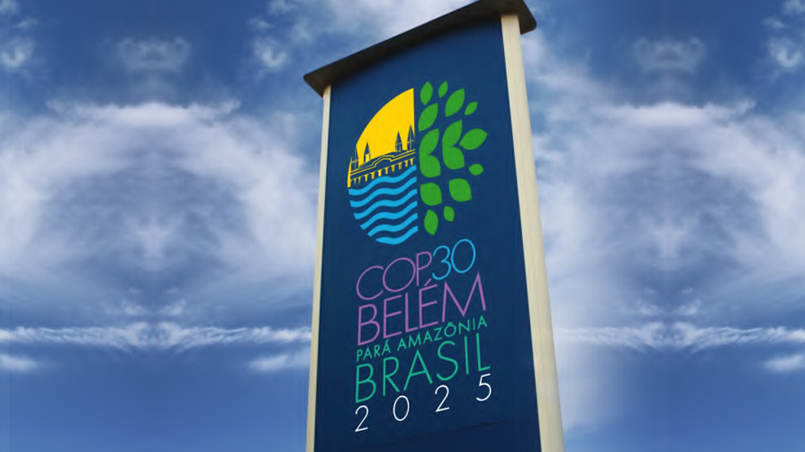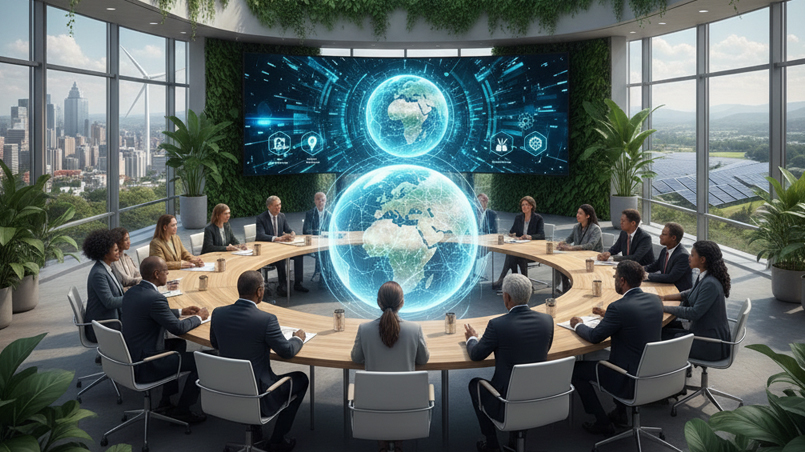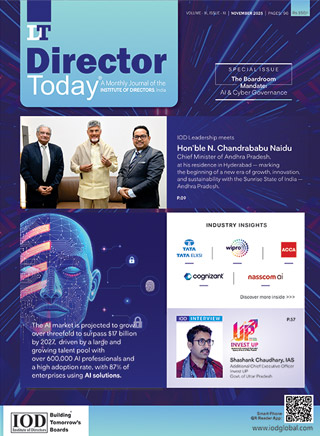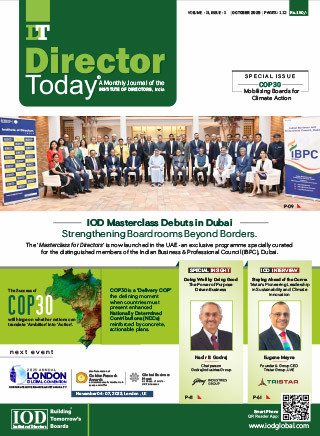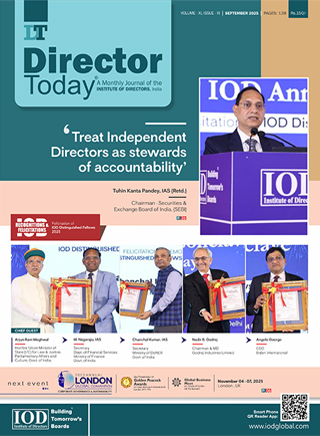Driving Climate Solutions through AI

How COP30 can Catalyze Progress
COP30 in Belém, Brazil, arrives at an inflection point for both climate policy and the real economy. We've just lived through three consecutive years of record global heat, capped by the first full year above the 1.5°C threshold envisioned in Paris. For many voters and executives, climate action still sounds like compliance, cost, or culture war. It doesn't have to. COP30 is a chance to show that adaptation is not a box-checking exercise - it's a growth strategy and that artificial intelligence (AI) is the force multiplier that makes it scale.
For too long, progress has been tied to policies and regulations. COP30 is an opportunity to demonstrate that climate action extends beyond compliance and to highlight the business case for adaptation. Companies are already proving that adaptation delivers measurable ROI, competitive advantage, and resilience. One World Economic Forum study found that for every $1 invested, returns can reach $19. And AI acts as a force multiplier for accelerating solutions to climate adaptation.
The opportunity now is for COP30 to reach an agreement on funding for adaptation, alongside taxonomies and frameworks that investors, producers, and companies can apply.
Adaptation: Already Delivering Returns
Early COPs focused on mitigation. But as global risks accelerate and the energy transition becomes politicized, adaptation and resilience have moved center stage, and it's based on a solid business case.
This year alone, $300Bn will be spent on AI infrastructure, mainly in the U.S. and China. Earmarking even 2% for Ai for climate solutions in emerging markets could mobilize $6B in financing, with 5–10x ROI potential.
Evidence from recent deployments suggests AI-based climate forecasting can translate into operational gains. For example, a U.S. building-materials company reallocated stock and logistics before a projected hurricane landfall, yielding an estimated $15 million in sales and accelerating recovery for homeowners. The lesson for COP30 delegates is clear: adaptation investments are not just risk mitigation. They are growth drivers.
AI: The Accelerator for Adaptation Solutions
Think of AI as both a time multiplier and an effectiveness multiplier across days-to-decades. As a time multiplier, it compresses discovery and validation cycles: by fusing weather, satellite, sensor, and biological data, a multinational seed company surfaced long-horizon insights on tomatoes in India and leeks in Italy avoiding years of field trials, accelerating variety launches, and sharpening decade-scale R&D bets under the new normal of climate change. As an effectiveness multiplier, AI turns noise into signal across time: days (pre-position utility crews and mobile generators on circuits most likely to fail due to a storm), seasons (shift a planting window to dodge a forecast heatwave and adjust irrigation), and decades (site a data center on a cooler, low-water-stress grid instead of a flood-prone basin). The payoff is a higher hit-rate on choices picking the moves with the biggest return, measured in losses avoided, revenue preserved, and risk transferred (e.g., right-sizing insurance coverage and inventory before the shock).
Early COPs focused on mitigation. But as global risks accelerate and the energy transition becomes politicized, adaptation and resilience have moved center stage.
What COP30 Can Do
If adaptation economics are clear and AI is already supercharging its abilities, what role can multilateralism and supporting policies play?
Firstly, COP30 can make a difference by establishing a global taxonomy for adaptation. Establishing what counts as adaptation and repeatable playbooks that are consistent and comparable will enable more accurate measurement of ROI. Building trust in the market that adaptation can be successful. There has already been some work done here since the Global Goal on Adaptation was founded at COP 21, but this work needs to be accelerated.
Secondly, creating a framework for risk and finance. Investors, lenders, and insurers need transparent ways to quantify adaptation risks and benefits especially for global south. A global standard would catalyze blended and catalytic finance flows.
And finally, direct AI investment to the Global South. This year alone, $300Bn will be spent on AI infrastructure, mainly in the U.S. and China. Earmarking even 2% for Ai for climate solutions in emerging markets could mobilize $6B in financing, with 5 - 10x ROI potential. That would cover tens of billions in adaptation financing needs and help those on the frontlines avoid losses.
AI can help with each of these stages. It can help classify and simulate adaptation benefits as part of the taxonomy. AI can provide and streamline the translation of a common language for banks, insurers, and investors to underwrite adaptation projects. And investing in AI infrastructure and training in the Global South could help with both adaptation and ensure a just transition.
Adaptation will be a growth engine for global companies over the next few decades especially those in the global south, disproportionately impacted by climate change and with fewer means to adapt. AI is the accelerator that can scale adaptation, providing those without expertise with the knowledge to avoid losses and grow. But for adaptation to fulfill its promise, we need COP30 to deliver the frameworks and taxonomies that will channel finance, standardize measurement, and ensure benefits reach those on the front lines.
If we succeed, adaptation will be the defining growth opportunity of this 20th century. And AI will be the catalyst that helps businesses and communities thrive as climate risks accelerate.
Author

Mr. Himanshu Gupta
He is the CEO and co-founder of ClimateAi, the world’s first Climate Resilience platform, honored by TIME magazine as one of the best inventions of 2022. He has worked with the former US Vice President AI Gore and Member of the House of Lords of the UK- Lord Nicholas Stern. He was also named as one of Tech Insider’s TOP 100 people in AI in 2023.
Owned by: Institute of Directors, India
Disclaimer: The opinions expressed in the articles/ stories are the personal opinions of the author. IOD/ Editor is not responsible for the accuracy, completeness, suitability, or validity of any information in those articles. The information, facts or opinions expressed in the articles/ speeches do not reflect the views of IOD/ Editor and IOD/ Editor does not assume any responsibility or liability for the same.

 Quick Links
Quick Links
 Connect us
Connect us




 Back to Home
Back to Home
